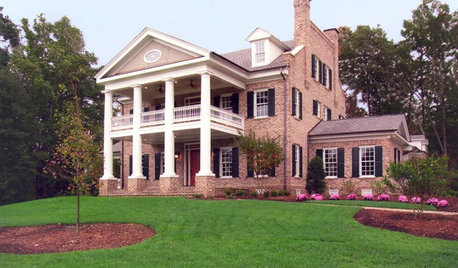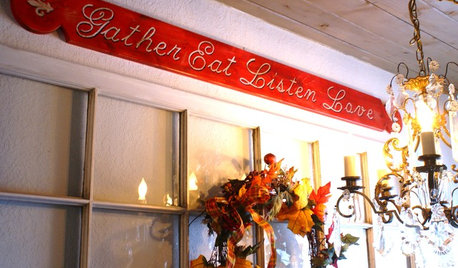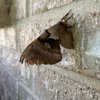Check my arithmetic
mehitabel
9 years ago
Related Stories

WINDOW TREATMENTSThe Key to Designer-Look Window Treatments
Learn the one thing that will make your curtains suffer if you get it wrong — and how to get it right
Full Story
ARCHITECTURERoots of Style: Meet Your Traditional Home's Classical Ancestors
Traditional architecture's genes began in ancient Greece and Rome — discover your home's style forefathers here
Full Story
DECORATING PROJECTSHave Your Say With a DIY Decorative Sign
Express your thoughts in just the right amount of space with a hanging sign you easily make yourself
Full StoryMore Discussions







gyr_falcon
mehitabelOriginal Author